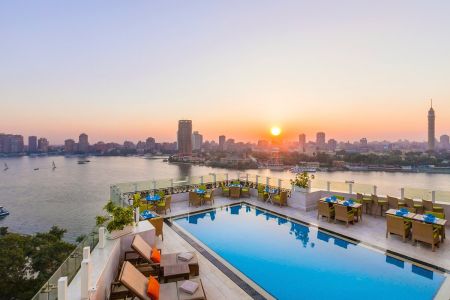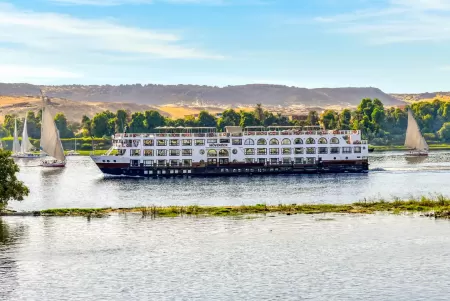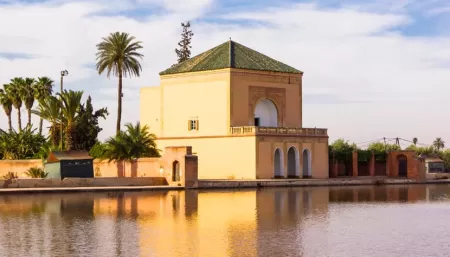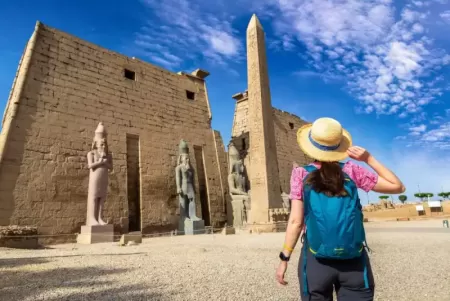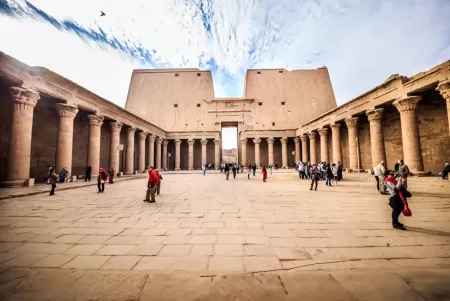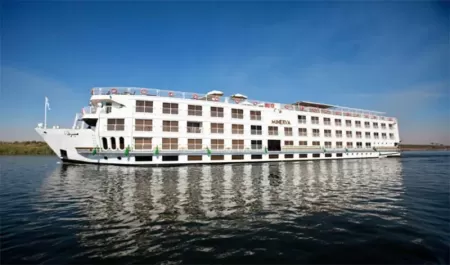Around Egypt Tours offers a complete guide for the Egypt tourist to Egypt's history and culture and all of the sites you'll see when you plan to visit Egypt. All you've got to learn about the things to do in Egypt and the most famous attractions, cities, and historical places to explore Egypt's history from ancient times to the present.
Showing 8 results
Where are the Safari Sites in Egypt?
Ancient Egypt
Cairo Historical Sites
Luxor Tourist Attractions
Things to do in Aswan
Egypt Travel Advisory
Alexandria Travel Blog
Top Tours
Top Tours
Frequent Asked Questions
Egypt travel blogs typically offer detailed guides, personal travel experiences, attraction tips, local culture, food recommendations, accommodation reviews, and advice for tourists.
Yes, we provide family-friendly itineraries with activities suitable for different groups, while our solo/comfort travel options concern private guides and tailor-made time schedules.
Our Egypt tours cover all major attractions, such as the Pyramids of Giza, the Egyptian Museum, Luxor and Karnak Temples, the Valley of the Kings, Philae Temple, Abu Simbel, and Red Sea spots like Sharm el-Sheikh and Hyrghada.
Yes! All our packages can be tailored to your wishes—choose all the destinations, accommodation styles, special activities (such as hot-air ballooning or diving), and your very own luxury Egypt trip.
Yes! All our packages can be tailored to your wishes—choose all the destinations, accommodation styles, special activities (such as hot-air ballooning or diving), and your very own luxury Egypt trip.
We offer a wide range of tours, including cultural, historical, luxury, adventure, Nile cruises, desert safaris, and customized private tours to suit your preferences.
Yes—Egypt is generally safe for travelers. We ensure secure transit, reputable guides, and up-to-date safety information. It’s still wise to stay alert and follow local advice.
Light clothing, comfortable walking shoes, a hat, sunglasses, sunscreen, and a water bottle. Layer them for desert sightseeing and bring all medications or adapters needed.
